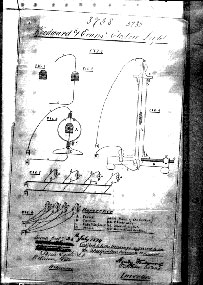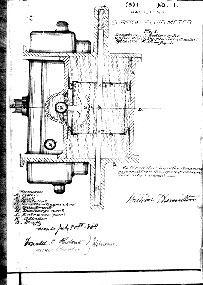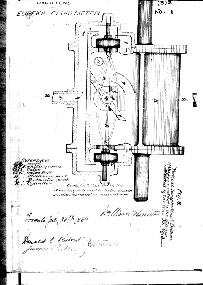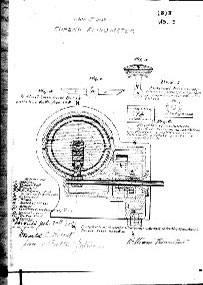It's the holiday season, and for many Canadians, it's time to celebrate what the year has brought us, and share gifts with friends, family and loved ones. Did you know that the gifts we give and receive are often great examples of intellectual property (IP)? From patented innovations in our favourite new gadgets, to the registered trademarks that help make brands stand out, to eye-catching industrial designs, IP is all around us—both during the holidays and all year round!
As 2019 ends, we have the opportunity to reflect on how IP has evolved and mark an important milestone: the 150th anniversary of the Patent Act. Over a century and a half, patents in Canada have helped make our society smarter, faster and better connected. Let's explore the 150-year journey of the Patent Act!
Canada's Patent Act first came into force in 1869. Patents have always played an instrumental role in promoting innovation and economic growth in Canada, by providing a time-limited, legally protected, exclusive right to make, use and sell an innovation.
Before Confederation, both Upper and Lower Canada had their own separate patent acts. The British North America Act (BNA Act) established patents as a federal responsibility in 1867, but individual provinces remained responsible for patents within their boundaries from 1867 until the Patent Act came into effect in 1869. The Patent Act, created as a response to the BNA Act, came into effect in the original four provinces of Ontario, Quebec, New Brunswick and Nova Scotia. Other provinces and territories gradually adopted it after joining Confederation.
The first patent under the Patent Act was issued on August 18, 1869 to William Hamilton from Toronto, for the invention of a machine that measured liquids. The initial 1869 act granted applicants a five-year term, after which they could renew it twice and have their invention protected for up to a total of 15 years. In 1872, a second act was passed allowing foreigners to obtain patents in Canada. Since then, there have been numerous amendments to the Patent Act, with the most notable one being the amendment of 1989, which changed the application process from a first-to-invent system to a first-to-file system and lengthened the patent period to 20 years. The most recent amendment was made in 1996, which specifies that the request for examination must be made within five years of the filing date, instead of seven years.
Since the enactment of the Patent Act, more than 1.7 million patents have been granted in Canada to Canadian and foreign inventors. On average, over 30,000 patent applications are filed through the Canadian Intellectual Property Office (CIPO) each year.
Important Canadian inventions
Over the 150 years that the Patent Act has been in place, Canadians have made remarkable contributions to the world, with notable patented inventions such as:
- the electric lightbulb (invented by Henry Woodward and Mathew Evans and patented in 1874)
- the snowmobile (invented by Joseph-Armand Bombardier and patented in 1937)
- the electron microscope (invented by James Hillier and patented in 1947)
CIPO is proud to support this legacy as an essential player in the innovation ecosystem, both in Canada and in the world.
Today, in a world in which intangible assets now make up 91 percent of the total market value of the S&P 500 companies (up from just 17 percent in 1975 and 68 percent in 1995), it is clear that even after 150 years, the Patent Act is more crucial than ever. Here at CIPO, a milestone like this reminds us that the administration of IP in Canada is an important institution that not only stands the test of time, but changes with the times as well.




